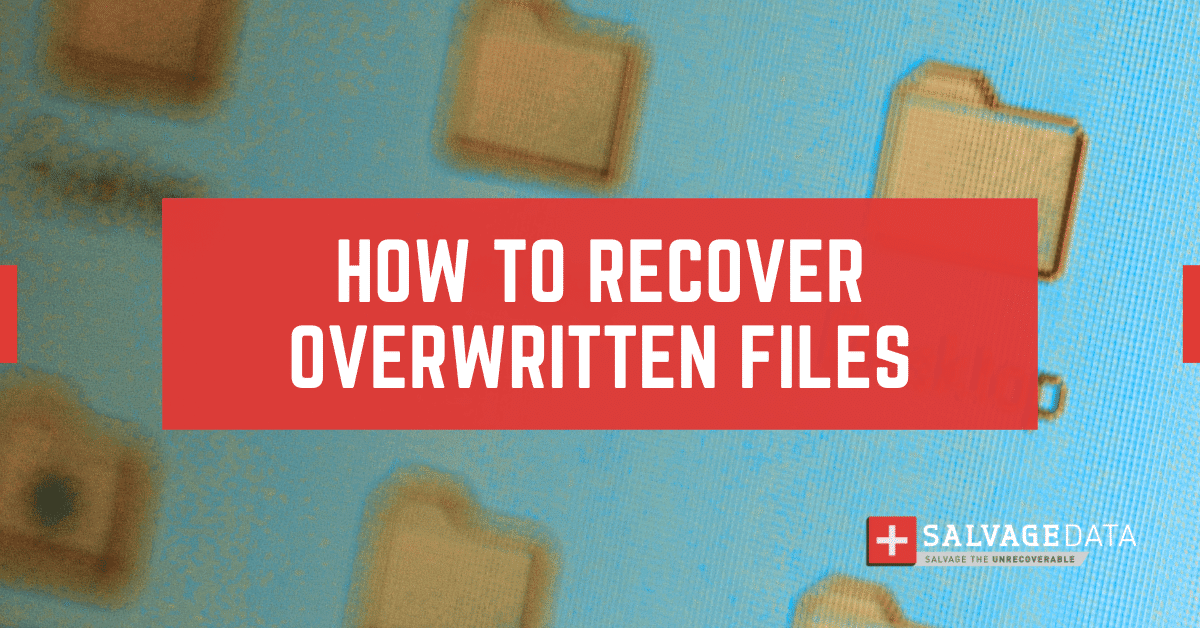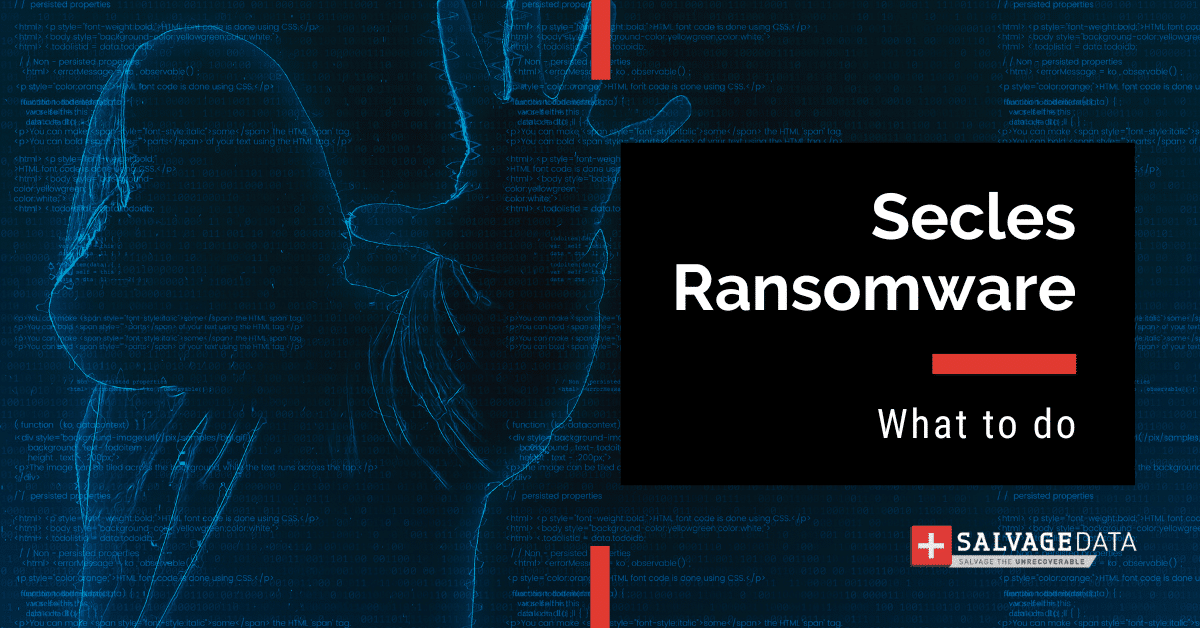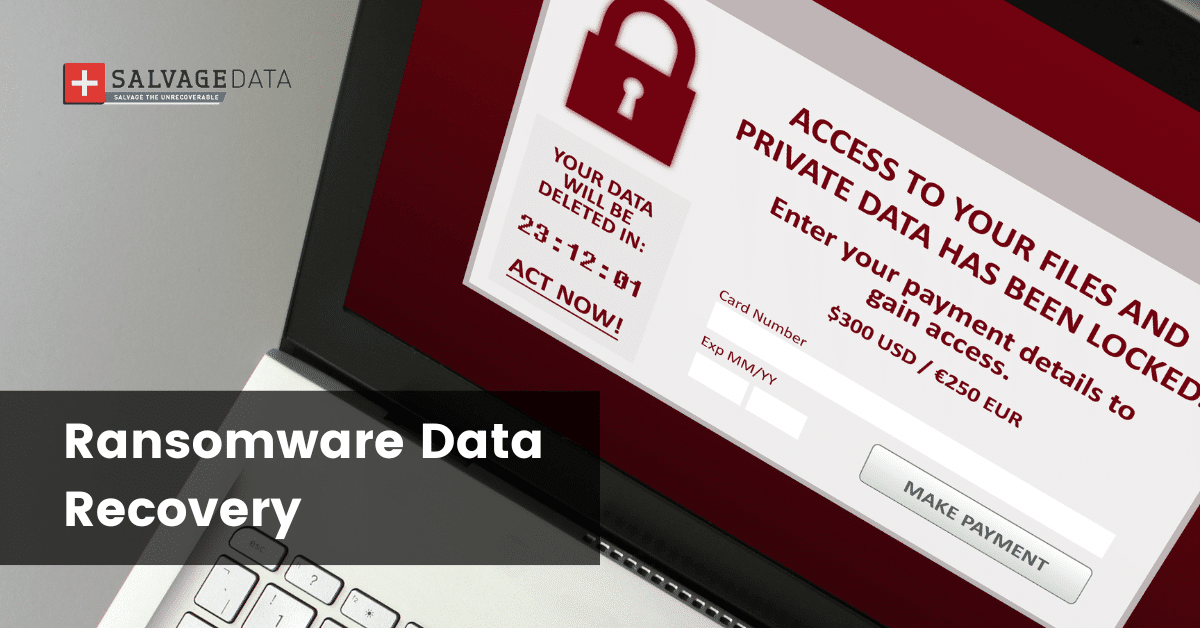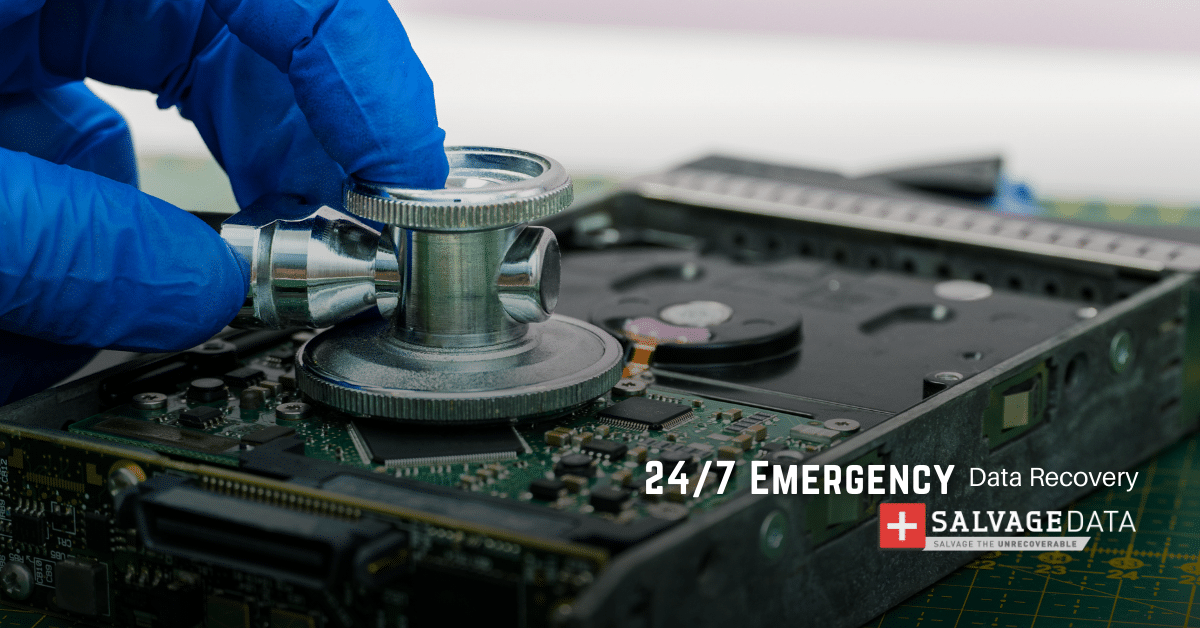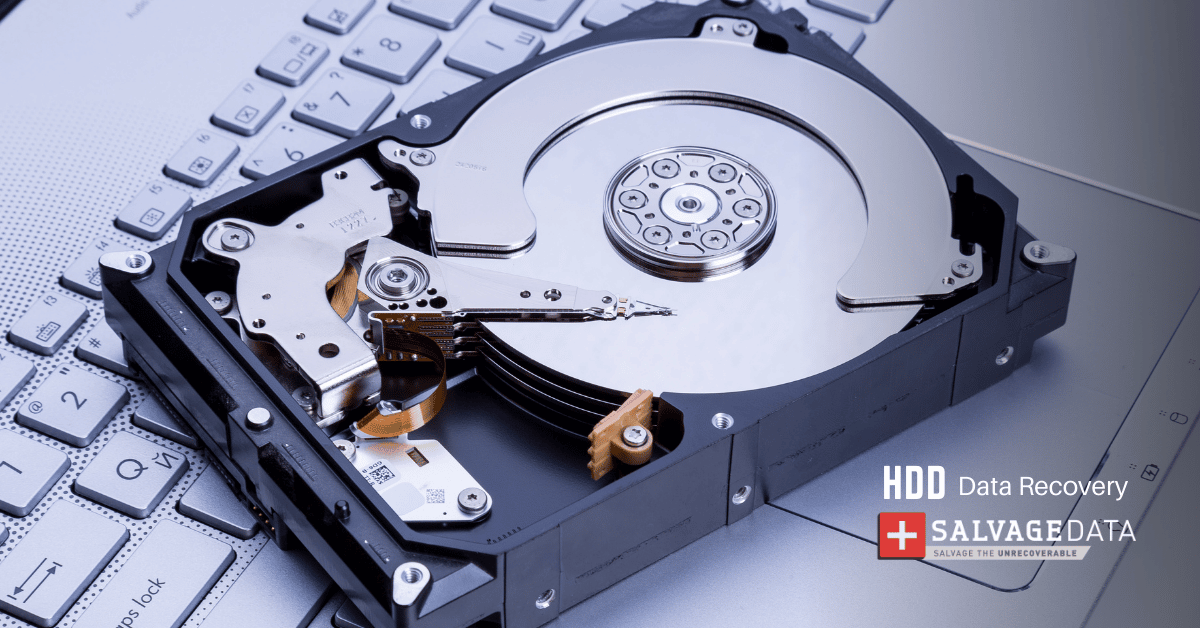Recent Articles
How To Recover Overwritten Files
The Snowflake Data Breach: A Comprehensive Overview
Mac Not Recognizing External Hard Drive: Quick Fix Solutions
How Multi-Cloud Backup Solutions Can Prevent Data Disasters
Capibara Ransomware: What is it & How to Remove
What Should a Company Do After a Data Breach: The Ticketmaster Incident
Secles Ransomware: Removal Guide
What To Do When Your Chromebook Freezes
How to Create Hyper-V Backup
What Is The Best Data Recovery Software For PC

I think there's an issue with my storage device, but I'm not sure Start a free evaluation →
I need help getting my data back right now Call now (800) 972-3282
In this article, we’ll provide an overview of SuperCrypt Ransomware, its background, how it works, and what you can do if you’re a victim of this malware.
SuperCrypt is a type of malware that encrypts your files and demands a ransom for the decryption key. This ransomware is particularly dangerous because it uses strong encryption, making it very difficult to recover your files without paying the ransom. SuperCrypt Ransomware is primarily spread through phishing emails, malicious websites, and infected advertisements.
If it infected you, you will see a message demanding a ransom to decrypt your files. It is important not to pay the ransom, as there is no guarantee that you will receive the decryption key. If you have SuperCrypt on your system, it is important to remove it immediately to prevent further damage.
History
This ransomware was first discovered in August 2016. At that time, it was known as SuperCrypter Ransomware. This malware is a variant of Crysis Ransomware, which was first discovered in February 2016. SuperCrypt uses the same encryption algorithm as Crysis, which is a very strong encryption algorithm. It is believed to be developed by Russian-speaking hackers.
What encryption algorithm does SuperCrypt use?
It uses the RSA-2048 encryption algorithm. This is encryption algorithm is used by many businesses and organizations to protect their data. SuperCrypt generates a unique RSA-2048 key for each file that it encrypts. This key is then used to encrypt the file. The encrypted file can only be decrypted with the RSA-2048 key.
What file extension does SuperCrypt use?
It uses the .SuperCrypt extension for encrypted files. For example, a file named “sample.jpg” would be renamed to “sample.jpg. SuperCrypt”
What is the SuperCrypt Ransom Note?
The SuperCrypt ransom note is a text file that is created after the encryption process is complete. This text file contains instructions on how to pay the ransom and decrypt your files. It also includes a unique ID that is used to identify your computer. The SuperCrypt ransom note will be displayed every time you try to access an encrypted file.
How much should you pay for the SuperCrypt Ransom?
The ransom amount is typically 1 Bitcoin, which is currently about $700. However, the ransom amount may vary depending on when it infected you and the current value of Bitcoin.
There are a few things you can do to protect yourself from SuperCrypt and other malware:
- Keep your operating system and security software up to date
- Be cautious when opening emails and attachments, even if they appear to be from a trusted source
- Avoid clicking on links or downloading files from untrustworthy websites
- Don’t open email attachments unless you’re expecting them and know they’re safe
- Backup your files regularly to protect yourself from data loss in the event of a malware infection
- Use very strong passwords, and don’t use the same password at multiple sites
SuperCrypt is a serious threat that can cause a lot of damage, so it’s important to remove it from your system as soon as possible.
How to remove this ransomware?
- Download and install a reputable anti-malware program
- Run a full system scan to remove SuperCrypt Ransomware and other malware
Then, you should restore your files from a backup, if you have one.
Public decryption tool
If it infected you and you don’t have a backup, you may be able to use a free decryptor. However, there is no guarantee that this will work, and it may not be available for all variants of this ransomware.
Anyway, at that point, you have two options:
- Pay the ransom: This is not recommended, as you may be inadvertently supporting criminal activity.
- Try to decrypt your files yourself: This is a difficult and time-consuming process, and there is no guarantee that it will work. In addition, you may accidentally delete your files if you don’t know what you’re doing. Therefore, we recommend that you only attempt this if you are confident in your ability to do so.
Unfortunately, there is no public decryption tool available for SuperCrypt Ransomware at this time.
But what should I do if I don’t have a backup?
If you don’t have a backup of your files, there are a few things you can try to recover them:
- Use file recovery software to scan your system for recoverable files
- Use a data recovery service to attempt to recover your files
SalvageData is the best choice.
Our SuperCrypt Ransomware data recovery software and services have a 96% success rate in recovering data from SuperCrypt-encrypted devices, even if they’ve been formatted or damaged.
How it works:
- We’ll send you a SuperCrypt data recovery kit with everything you need to get started.
- Connect the SuperCrypt device to the kit and follow the instructions.
- Mail the kit back to us, and we’ll begin working on your recovery immediately.
- We’ll return your recovered data on a new external hard drive or flash drive.
How much does it cost?
The price of our SuperCrypt data recovery services starts at $300. However, the final cost will depend on the severity of the damage and the amount of data you need to recover.
What if I can’t afford it?
If you can’t afford our SuperCrypt data recovery services, we may be able to help. We offer many payment plans and financing options to make SuperCrypt data recovery more affordable.
Contact us today to learn more. We’re here to help you 24/7.

